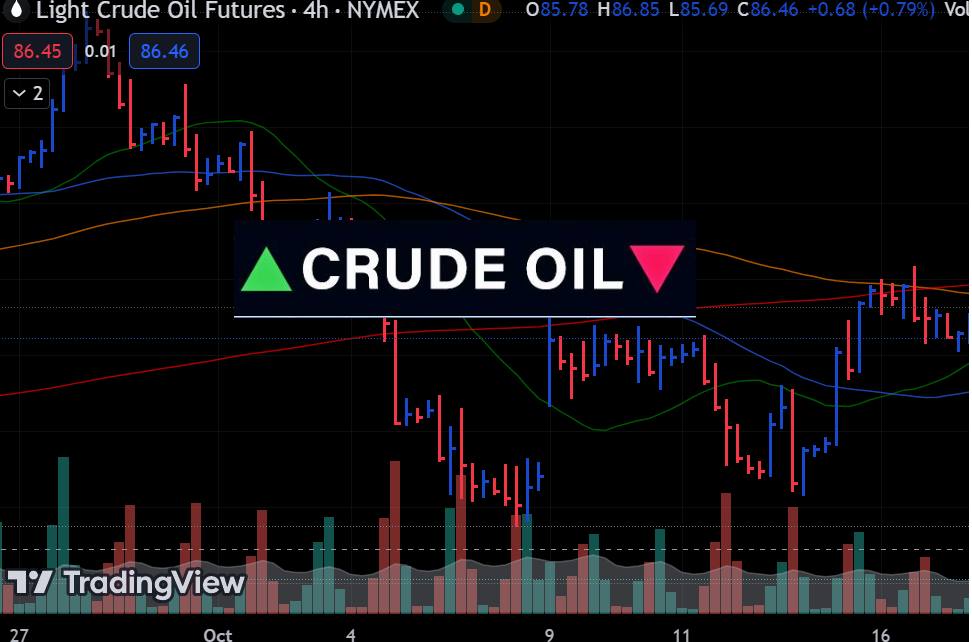- The war in the Middle East escalated when Israel attacked Iran’s military officials.
- The US Energy Information Administration reported a significant increase in US crude inventories last week.
- The US released data showing a drop in service activity in March, leading to an increase in rate-cut bets.
Oil prices closed at a 5-month peak on Wednesday due to supply concerns. Geopolitical tensions escalated while OPEC member countries agreed to continue with output cuts. Consequently, investors worried that the market would become tighter.
WTI (Source: NYMEX)
The wars in Gaza and between Russia and Ukraine have contributed to a lot of supply distractions that have kept oil prices high. On Monday, the war in the Middle East escalated when Israel attacked Iran’s military officials. As a result, Iran is threatening to retaliate, which could bring the war to a significant OPEC producer country. This will likely significantly impact the oil supply, further tightening the market.
At the same time, there is a growing threat to Russian supplies as Ukraine continues its attacks on refineries. With no end in sight for both conflicts, there is a chance that the situation will worsen.
Another primary supply concern is the output cuts implemented by oil-producing countries. On Wednesday, OPEC and its allies agreed to maintain current cuts. Moreover, the group urged its members to improve compliance with the policy, which could drive supply lower in Q2. This will happen when demand is high due to the summer driving season. Therefore, tighter supply and higher demand would push oil prices higher.
Despite all this, oil faced some headwinds from poor economic data. The US Energy Information Administration reported a significant increase in US crude inventories last week. Meanwhile, economists had expected a decline. The increase indicates poor demand in the US.
The US released data showing a drop in service activity in March, leading to increased rate-cut expectations. Although this is good for the Fed and could pave the way for rate cuts, it also indicates weaker demand in the economy. Poor demand would pressure the Fed to cut interest rates, boosting oil prices. However, if the economy weakens before rates come down, it would hurt oil demand.
Still, after the report, Powell maintained a cautious tone, saying the rate-cut outlook would depend on incoming data. At the same time, he restated that the Fed will likely cut interest rates later in the year.




